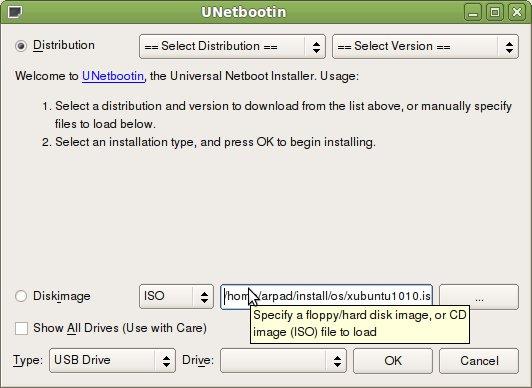


INSTALL CHROME OS LINUX USB DISK IMAGE HOW TO
Not that you’ll need to be shown how to use Etcher by the way which is another reason to use it. However, Etcher is cross-platform so no matter if you use Linux, Mac or Windows, we can easily show you how to use it. There are plenty of other tools available that do the same job, i.e.
INSTALL CHROME OS LINUX USB DISK IMAGE INSTALL
Install the image onto the USB Driveĭownload and install Etcher from the link provided under the Requirements section. You can name the drive anything you like, but Chrome OS or Chromium OS would be a comfortable name. Mac users can rely on the built-in disk utility and Linux users have plenty of options as well from GParted to KDE Partition Manager. From the context menu select Format… and then select FAT32 (or exFAT) under Filesystem if not already selected. Just plug it into the USB port, go to This PC and right-click on the USB Drive.

While the image installer will itself format the USB Drive, it is better to manually format it before so as to avoid any complications later.įormatting a USB Drive on Windows is pretty easy. It should be obvious that any data you have on your USB Drive will be erased. Chromium OS is maintained by the open-source community and lacks a couple of features in comparison but overall, if you want a taste of Chrome OS, it’s a good place to start.īefore you can create a bootable Chrome OS USB drive, you need to have a fully clean USB storage with no fils on it. Chrome OS is owned and maintained by Google. If you are already a Chrome OS user, you can even create a bootable USB drive on Chrome OS.Ĭhrome OS is not really available for download anywhere so it is difficult to get your hands on it, It’s an open-source counterpart, Chromium OS, however, is readily available to download, install, modify, etc. While Google only sells it with Chromebooks, you can install and run Chrome OS from a USB Drive. Chrome OS solves the biggest problems with Android. No matter who you buy your Chromebook from, you can be sure you’ll have the same experience. Chrome OS, on the other hand, is great for use on laptops and tablets. The OS itself does not have any of these problems, however, it is the implementation. The first is fragmentation and the second in its inability to make use of larger screens. Android may be Google’s most popular OS but it has a few glaring shortcomings.


 0 kommentar(er)
0 kommentar(er)
